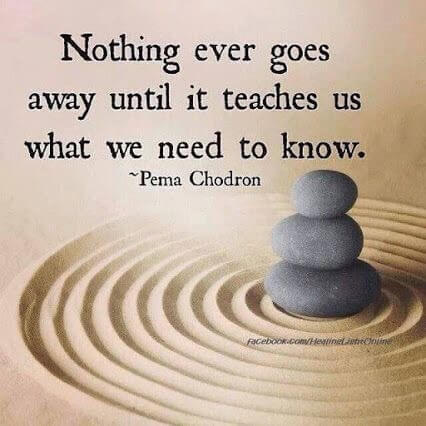
The universe, she will keep repeating the lessons to you over and over, in different forms, until you are ready to learn them
An oft-repeated lesson to me by my mentor Ed Percival
As a friend reminded me of recently, I do like to repeat themes, each time looking at them through a different angle. Some are common to all of us and bear repetition after repetition for us to learn over and over and in different ways with different layers.
I therefore smiled today when I dipped into my “Seth Godin” email folder (where all his daily blogs are filtered for me), seeing a recent one called “the map is not the territory”. Googling my own site, I found I’ve written around that phrase and idea at least three times, feel free to browse these and find more by googling the site and phrase yourself:
- The map is not the territory (a core article for me with links to in-depth articles)
- The menu is not the meal (with homage to Alan Watts)
- Thinking beyond the map (about the value of having someone with external perspective to help you see and decide on things)
- Who controls your cognitive map? a concept outline by Gillian Tett and referenced in the piece, about biases Again, see my piece yesterday “Be aware of your biases”
Now, for Seth’s typically concise and pithy take, with his angle on the prism being that what we take out brings focus to what we leave on the map (a topic I wrote about a few days ago in “Focus means saying no“)
The map is not the territory
And that’s a feature, the reason the map exists.The phrase reminds us not confuse the diagram or model or overview of the situation with the situation itself. Because they’re not the same.
We make a map so we can leave things out.
By leaving things out, we can help people focus on the core concepts we’re trying to get across. And so, the map of the London subway is not actually the London subway. In fact, it’s not even geographically accurate. That’s okay. The job of the map isn’t to show us precisely where each station is, the job is to make it easier to get around London by showing us a theory of the subway.
And the words someone uses don’t accurately convey everything they’re feeling and thinking. They simply stake out some of that in a way that the speaker hopes will express the point they’re trying to make.
When we decide what to leave out, we’ve made a series of decisions about the story we’re trying to tell with the parts we leave in.
by Seth Godin
